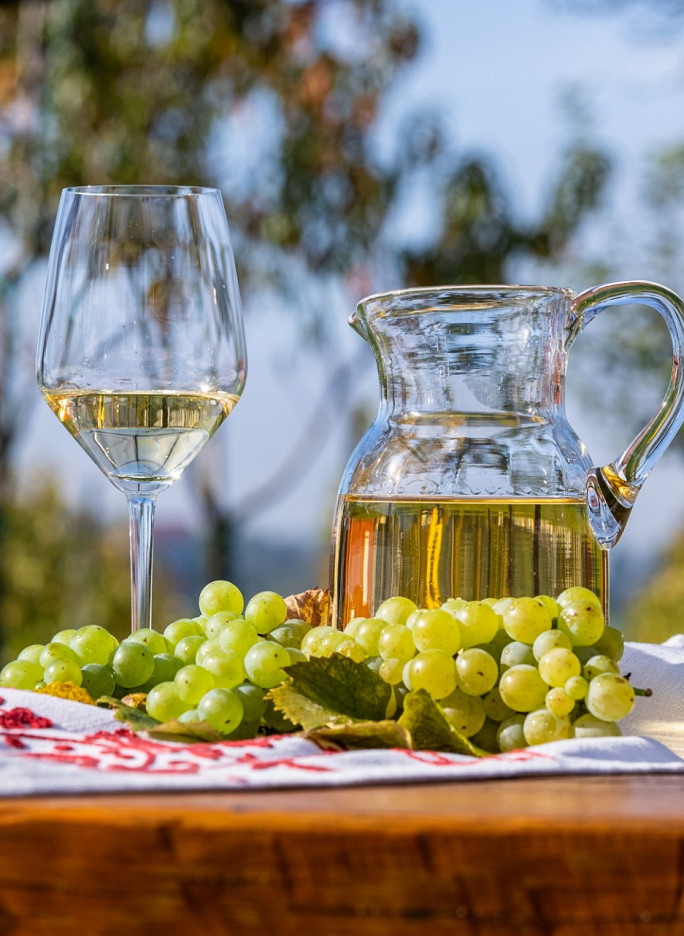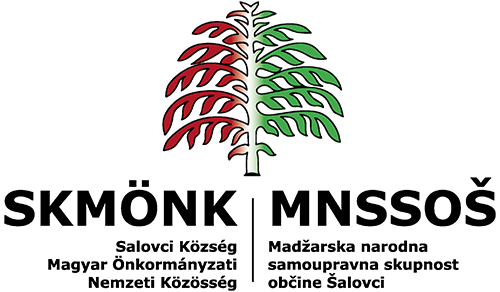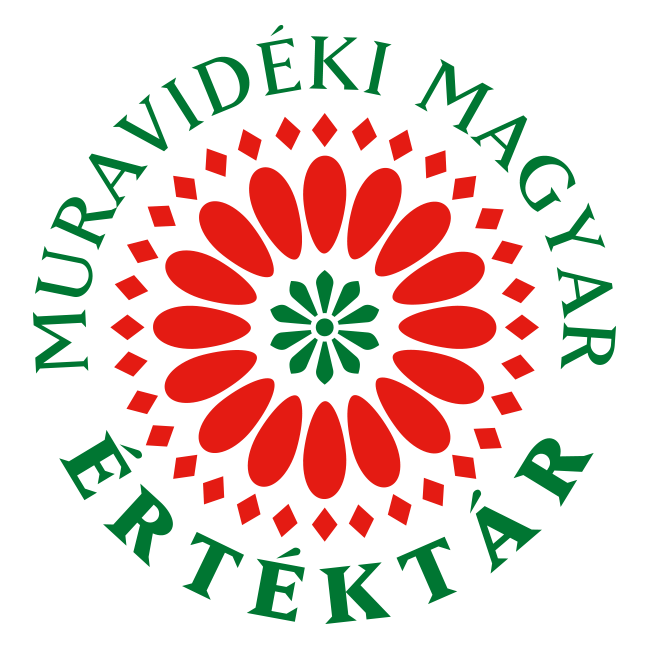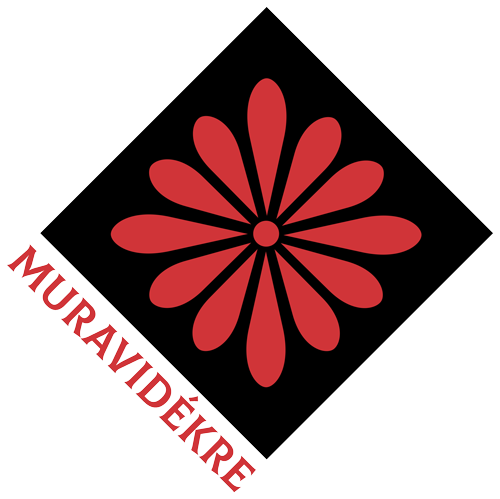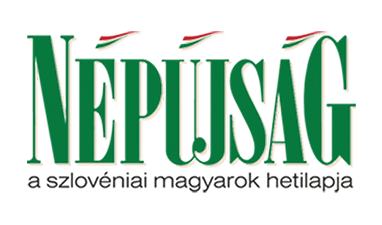 Easter and the Easter Holidays
Easter and the Easter Holidays
Beliefs and Customs on Saint George's Day

“Blessed is Saint George, cursed is Saint Michael” – this is how shepherds once greeted each other in the second half of April as they prepared to drive out their cattle. They did this knowing that Saint George’s name day is 24th April, marking the arrival of warmer weather, and that end of the season is Michaelmas on 29th September.
But who was Saint George? All we know about the life of George of Lydda is that he was martyred around 300 AD, during the Diocletian persecutions. Beyond that, he is surrounded by many legends.
In a lake near the Libyan city of Silene, there lived a dragon, to which the inhabitants of the city had to sacrifice two lambs a day in exchange for peace. After the lambs ran out, the dragon demanded human sacrifices. The king's daughter would have been the first victim of the creature, but George slayed the dragon, thus saving the princess.
The Christian persecutors captured George, subjected him to numerous tortures, and since they could not force him to abandon the Christian faith, they beheaded him.
The dragon-slaying, armour-clad and mounted George is also the patron saint of the city of Ljubljana.
However, the beliefs and folk customs of this day do not recall the saint, but the rites of the Roman shepherd´s festival. On this day, the Romans celebrated the Parilia, which was a shepherd's festival. On the day of the festival, people swept out the stables, sprinkled them with laurel branches dipped in water, and cleansed themselves and their livestock with the smoke of a straw fire.
In folk tradition, St. George´s Day is a shepherd´s holiday and the day of magical spells.
- On this day, it was typical to decorate doorways with green branches to ward off witches.
- This day was also considered a holiday for the animals, so animals were not forced to work on this day.
- If someone saw a snake before St. George´s Day, it was believed that they would have good luck all year round.
- There was also a custom of collecting dew, which was practised in the hope of a better, more abundant milk yield.
- There are also many weather beliefs associated with this day, for instance the croaking of frogs indicated an early spring and summer, or a summer without rain.
On the banks of the River Mura, there was a so-called custom of spring and winter, and of the battle of George and the dragon. The young people chose the most beautiful boy among them, decorated his clothes with flowers, and named him Zeleni Jurij (Green George). His four companions led him through the village, singing the following:
“Zeleni Jurij we lead,
butter and eggs we seek,
Ježibaba we chase away,
spring we bring to stay.”
Zeleni Jurij, wrapped in ivy, was often accompanied by a so-called Rábolj (Rabolj), dressed in straw or a furry coat. They would grapple and fight on the lawn – and Zeleni Jurij would always emerge victorious.
Sources:
Halász Albert 1999: Jeles napok, népi ünnepek a Muravidéken. Lendva: Studio Artis Kiadó – Magyar Nemzetiségi Művelődési Intézet.
https://www.mkkiado.hu/hagyomanyok-jeles-napok-es-joslataink-aprilis-48



